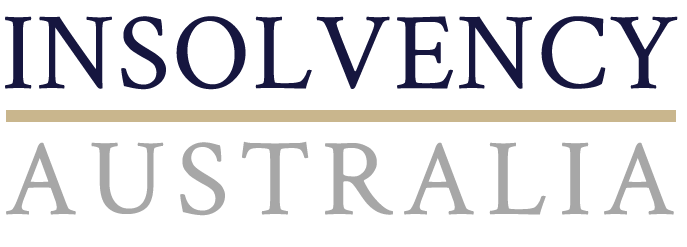Gold Coast suburbs ranked among nation’s highest risk of insolvency, experts warn: ‘get house in order’
The end of financial year looms as a tipping point for Gold Coast businesses, rated among the most likely in Australia to fail in the coming year.
Companies in three Gold Coast regions have been named among 10 Australia-wide at highest risk of defaulting on their debts in 2023-24, in the latest CreditorWatch Business Risk Index.
The index released on Wednesday ranked regions from zero to 100, with 100 representing the lowest risk of insolvency and zero representing the highest.
The Ormeau-Oxenford region scored third worst in the country with 1.5, Surfers Paradise came in fourth worst with 1.8 and Southport was seventh with 2.7 out of 100.
No other Queensland regions were ranked in the worst 10 but companies in South Cairns and Townsville are ranked among the least likely to default with scores of 71.1 and 66.3 respectively.
Ormeau and Oxenford have a large number of manufacturing and industrial businesses.
The report showed the rate of external administrations in the construction industry nationally continue to trend upward – sitting at their highest point since June 2020.
It said the food and beverage services industry had the highest probability of default in the next 12 months and that regions populated by younger people were more likely to be hurt by interest rate rises.
CreditorWatch CEO Patrick Coghlan said businesses should act now to collect outstanding payments and recommended the use of online collection systems.
“Online collections tools take the pain out of chasing unpaid invoices by sending automated reminders, increasing your collections rate, and freeing up your accounts team to focus on value-adding tasks,” he said.
Construction business owners in particular have been urged to get their houses in order by collecting payments, ensuring superannuation obligations were up to date and accurately calculating their work in progress.
The Association of Professional Builders’ Russ Stephens said: “Builders are running out of cash and going bust because they don’t understand how to correctly calculate their work in progress liability.
“Every single building company needs to calculate this figure in order to produce accurate financial reports that provide them with a clear picture of the financial health of their building company, right down to the last cent.
“If it’s missing, or not calculated correctly, the Work In Progress Accounting Adjustment can and will silently destroy building companies.”
EOFY tips from Insolvency Australia:
- Prepare and deal with statutory and tax obligations;
- Review your cash flow (current and forecast), and collect outstanding debts;
- Give your business a ‘health check’ and get your books and records in order;
- Prepay expenses (e.g., rent, leases, bills) to claim a tax deduction;
- Identify where you can cut costs for the new financial year;
- If in financial distress, speak with a specialist insolvency/business turnaround practitioner.
View the original article here.
